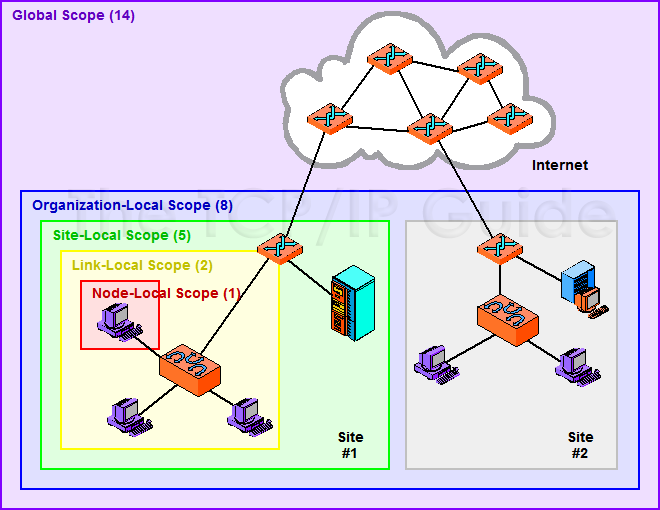 |
|
Please Whitelist This Site?
I know everyone hates ads. But please understand that I am providing premium content for free that takes hundreds of hours of time to research and write. I don't want to go to a pay-only model like some sites, but when more and more people block ads, I end up working for free. And I have a family to support, just like you. :)
If you like The TCP/IP Guide, please consider the download version. It's priced very economically and you can read all of it in a convenient format without ads.
If you want to use this site for free, I'd be grateful if you could add the site to the whitelist for Adblock. To do so, just open the Adblock menu and select "Disable on tcpipguide.com". Or go to the Tools menu and select "Adblock Plus Preferences...". Then click "Add Filter..." at the bottom, and add this string: "@@||tcpipguide.com^$document". Then just click OK.
Thanks for your understanding!
Sincerely, Charles Kozierok
Author and Publisher, The TCP/IP Guide
|
|
|

Custom Search
|
|
IPv6 Multicast and Anycast Addressing
(Page 2 of 5)
Multicast Scopes
The notion of explicitly scoping multicast addresses is important. Globally-scoped multicast addresses must be unique across the entire Internet, but locally-scoped addresses are unique only within the organization. This provides tremendous flexibility, as every type of multicast address actually comes in several “versions”: one that multicasts only within a node, one on the local link (local network), one on the local site and so on. The scope also allows routers to immediately determine how broadly they should propagate multicast datagrams, to improve efficiency and eliminate problems with traffic being sent outside the area for which it is intended. Figure 102 illustrates the notion of scope graphically (and it’s quite pretty, wouldn’t you say? J)
|
|
|
| |||||||||||||||||||
Home - Table Of Contents - Contact Us
The TCP/IP Guide (http://www.TCPIPGuide.com)
Version 3.0 - Version Date: September 20, 2005
© Copyright 2001-2005 Charles M. Kozierok. All Rights Reserved.
Not responsible for any loss resulting from the use of this site.








 Key Concept: Multicast addresses are used to send data to a number of devices on an internetwork simultaneously. In IPv6 each multicast address can be specified for a variety of different scopes, allowing a transmission to be targeted to either a wide or narrow audience of recipient devices.
Key Concept: Multicast addresses are used to send data to a number of devices on an internetwork simultaneously. In IPv6 each multicast address can be specified for a variety of different scopes, allowing a transmission to be targeted to either a wide or narrow audience of recipient devices.